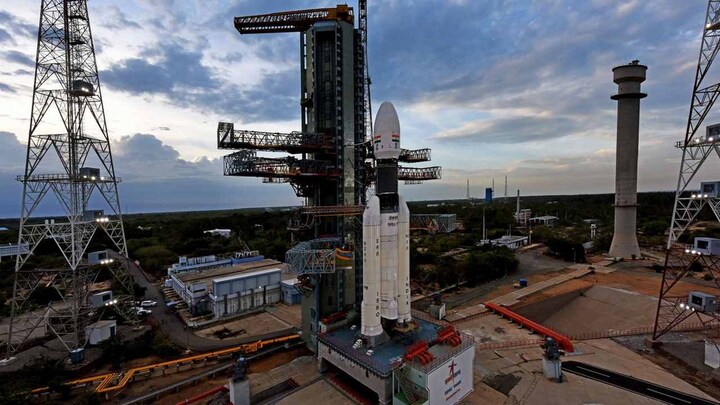News: The 2024 theme for National Science Day, which India celebrates every year on February 28, is “Science for Sustainable Development”.
Q1. Sufficient and Sustainable funding for fundamental research in India is one of the main ways to reach the developed nation status. Critically Analyse.
Science and technological developments are key drivers of India’s journey towards becoming a developed country by 2047. India is committed to making this progress through sustainable means, as evidenced by its commitments under the Paris Agreement, participation in global forum for sustainable development, and reinforced in this year’s theme for Science Day.
India’s current spending on R&D:
- Funding for fundamental research in India is amongst the world’s lowest, particularly for a country with high science and technology ambitions. In the recent past, India’s research and development (R&D) expenditure has dropped to the current 0.64% of GDP from 0.8% in 2008-2009 and 0.7% in 2017-2018. This reduced expenditure is worrying considering government agencies themselves have issued several calls to double this spending.
- The 2013 Science, Technology, and Innovation Policy noted that “Increasing Gross Expenditure on R&D (GERD) to 2% GDP has been a national goal for some time”. The 2017-2018 Economic Survey reiterated this in its chapter on science and technology transformation.
Comparing with world countries’ spending on R&D:
- Most developed countries spend between 2% and 4% of their respective GDPs on R&D. In 2021, member-countries of the Organisation for Economic Co-operation and Development (OECD) on average spent 2.7% of their GDP on R&D.
- The U.S. and the U.K. have consistently spent more than 2% of their GDPs on R&D for the past decade. Many experts have called for India to spend at least 1%, but ideally 3%, of its GDP every year until 2047 on R&D for science to have a meaningful impact on development.

How can be improved the R&D funding of India?
- Science requires consistent, large-scale investment to bear fruit. For India to reach the ‘developed nation’ status, it needs to spend more to scale R&D than developed countries spend to maintain that status.
- Beyond the current spending being inadequate, its primary dependence on public money signals an immature financing system and weak domestic market. In 2020-2021, the private sector industry contributed 36.4% of the GERD whereas the Union government’s share was 43.7%. State governments (6.7%), higher education (8.8%), and the public sector industry (4.4%) were the other major contributors.
Clearing the hurdles to attract private investments:
- In economically developed countries, a major share — 70% on average — of R&D investment comes from the private sector.
- The hesitancy of private-sector funding may be because of the poor capacity to evaluate R&D in India, ambiguous regulatory roadmaps that can deter investors, lack of clear exit options for investors in sectors such as biotechnology, and fears of intellectual property rights theft.
- While the Anusandhan National Research Foundation was meant to solve some of the financial issues, its implementation has been delayed. The ₹2,000 crore annual budget the government earmarked for its implementation in the last budget was revised to ₹258 crore this year. Strategies for how the remaining budget of ₹7,200 crore from the private sector is to be raised have not been clarified yet.
Under-Utilising of funding:
- The question of how effectively the allocated money is spent is explored less often. The Union Ministry of Science and Technology has consistently under-utilised its budget.
- In 2022-2023, the Department of Biotechnology (DBT) used 72% of its estimated budget allocation on centrally sponsored schemes/projects while the Department of Science and Technology (DST) used only 61%. The Department of Scientific and Industrial Research (DSIR), which receives the lowest allocation for centrally sponsored schemes, spent 69% of its allocation.
- The reasons for under-utilisation, as with under-allocation, are unclear and may indicate tedious bureaucratic processes for approving disbursements, lack of capacity to evaluate projects or clear utilisation certificates, lack of prioritisation for science funding by the Ministry of Finance or inadequate planning or implementation strategy for the requested funds by the Ministry of Science and Technology.
- Most of these issues can be fixed by proper capacity building within different governmental agencies.
India also needs the bureaucratic capacity to evaluate science projects and, after allocations, monitor utilisation. Building such capacity is a prerequisite for India becoming a science power by 2047.

